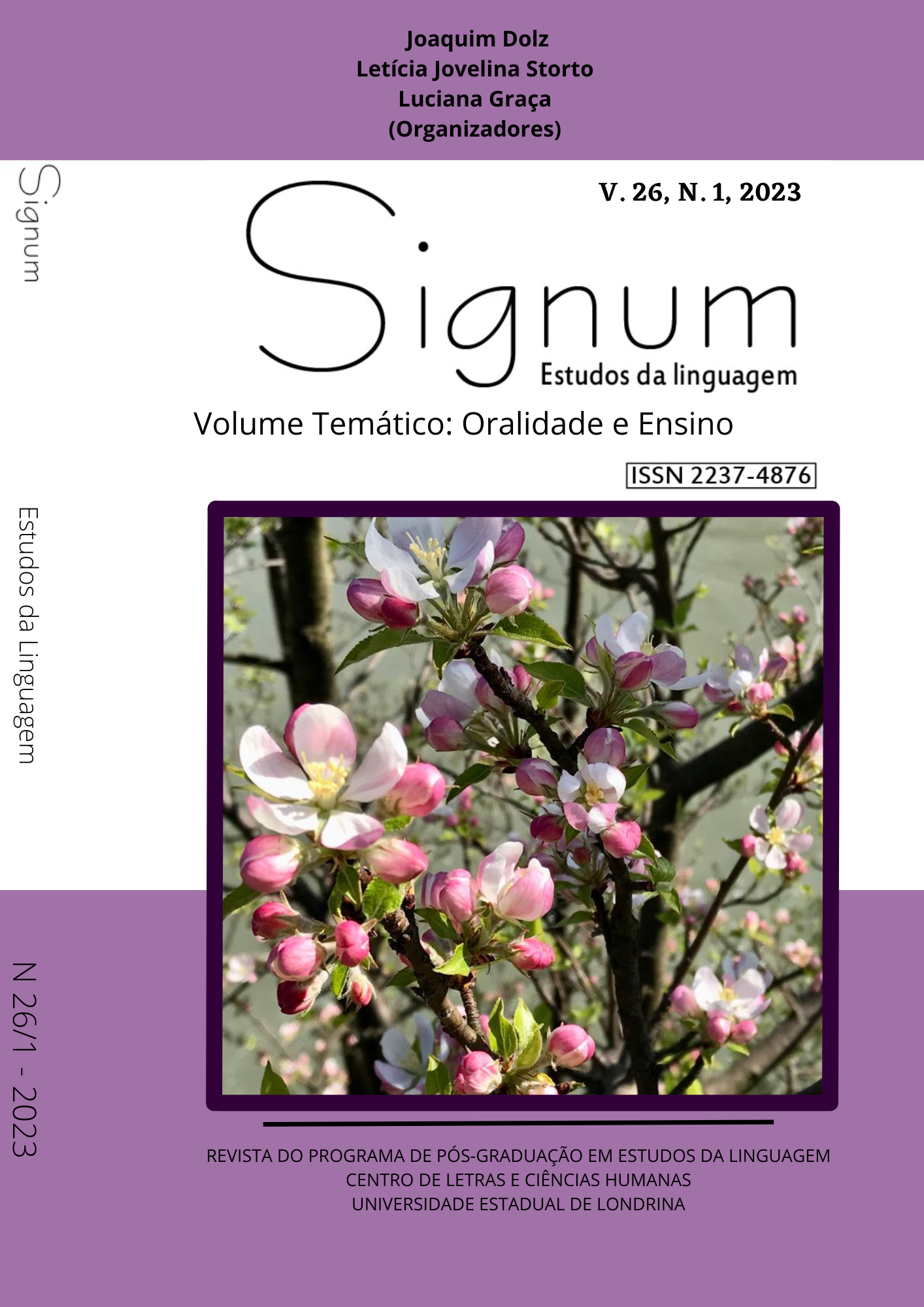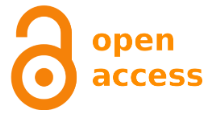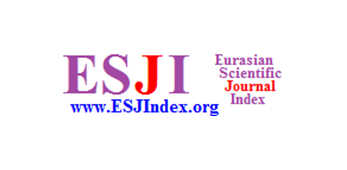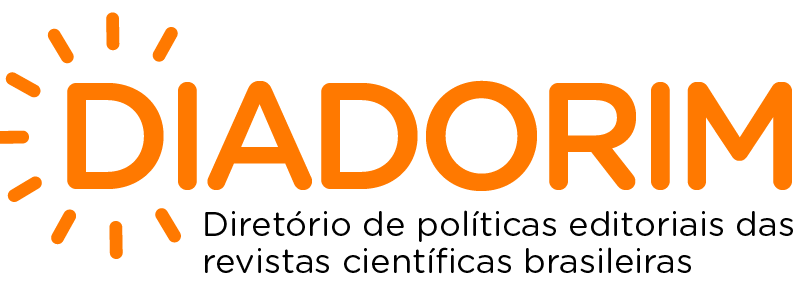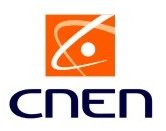Didactic Modeling of the Videotutorial of Language Teaching Multimodal Text Genre
a preliminary study
DOI:
https://doi.org/10.5433/2237-4876.2023v26n1p107Keywords:
Videotutorial for Language Teaching, Hypergenre, Didactic sequenceAbstract
This study analyzes the use of Videotutorials for Language Teaching (VLT) by language learners through multimodal analysis of a corpus and through surveys of VLT users. Six types of VLT have been identified and evaluated which ones are the most valued by learners. The results show that VLT of specific tips for solving errors and learning obstacles are the most highly rated. In addition, VLT showing the resolution of official tests and video correction of written expressions are also highly valued. Learners use VLT as a model for understanding and practicing novelties of usage, and observed practice has been shown to aid in repetition training and progressive self-correction. Most respondents prioritize the usefulness of the content over the technical quality of the VLT. In summary, the results suggest that VLT are a complementary tool valued by language learners that allows them to improve their autonomous learning and to progress in their language skills.
Downloads
References
BRONCKART, Jean-Paul. Activité langagière, textes et discours. Pour un interactionisme socio-discursif. Paris: Delachaux et Niestlé, 1997.
BRONCKART, Jean-Paul. Interaccionismo sociodiscursivo ¿De dónde venimos y a dónde vamos? [conferència en la Universidad Nacional de Rosario en el marc del Encuentro del Interaccionismo Sociodiscursivo], 2017. https://isd-international.org/site/wp-content/uploads/2017/11/Conferencia-cierre.Texto-ES.pdf
BUCKINHAM, David. Teaching media in a 'post-truth' age: fake news, media bias and the challenge for media/digital literacy education, Culture and Education, 31: 213-231, 2019.
CONSEJO DE EUROPA. Marco Común Europeo de Referencia (MCER). Madrid: Cervantes, 2001. https://cvc.cervantes.es/ensenanza/biblioteca_ele/marco/cvc_mer.pdf
CONSEJO DE EUROPA. Companion Volume with new Descriptors, 2018. https://rm.coe.int/cefr-companion-volume-with-new-descriptors-2018/1680787989
XXXXXXX, Joaquim. L'obstacle dans l'enseignement des langues : conceptualisation et opérationnalisation didactique. En: LES OBSTACLES DANS L'ENSEIGNEMENT DES LANGUES ET DANS LA FORMATION DES ENSEIGNANTS. Ginebra: LL. p. 300-310, 2022.
XXXXXXX
XXXXXXX
FUSTER MARTORELL, Mayo. The Free Culture and 15M Movements in Spain: Composittion, Social Networks and Synergies, Journal of Social, Cultural and Political Protest, 11: 386-392, 2012.
MACHADO, Keila Fukuda; FERREIRA, Lucas Vinicius et ál. Gêneros Textuais na Sala de Aula: Práticas de Produção Textual Por Meio de Podcast, 2017. https://educere.bruc.com.br/arquivo/pdf2017/26305_13291.pdf
MIRANDA, Florencia. Textos e géneros em dialogo. Uma abordagem linguística da intertextualisazão. Lisboa: Fundação Calouste Gulbenkian, 2010.
MOGOS, Andreea; TROFIN, Constantin. YouTube Video Genres. Amateur How-To Videos versus Professional Tutorials, En. Acta universitatis danubius, 9: 38-48, 2015.
XXXXXXXX
MOSTACERO, Rudy. Oralidad, escritura y escrituralidad. Sapiens. Revista universitaria de investigación 5(1), 53-75, 2004.
FERREIRA, Lidineia; VALÊNIA, Anair. Do gênero conto ao gênero podcast: uma proposta de retextualização. Revista Educação em Foco, v. 26, 3: 1-13, 2021.
OMIZO, Ryan Masaaki. Facing Vernacular Video (Tesis Doctoral), 2012. https://etd.ohiolink.edu/apexprod/rws_etd/send_file/send?accession=osu1339184415&disposition=inline
PAIVIO, Allan. Imagery and verbal processes. New York: Holt, Rinehart, and Winston, 1971.
ROMÁN, María Pilar. El vídeo tutorial como género discursivo en la proyección y desarrollo de la competencia oral en Secundaria. Didacticae, 8, 193-208, 2018.
SALVADOR, Vicent. Estilística dels textos no literaris, En: Payrató i Nogué eds. ESTIL I ESTILS. TEORIA I APLICACIONS DE L'ESTILÍSTICA, Barcelona: Universitat de Barcelona, pp. 17-50, 2013.
TAPIA, Luis José; DELGADO, Nuria; GARCÍA, Leticia. Asimilación de contenidos y aprendizaje mediante el uso del video tutorial, Latin American Journal of Science of Education, 7: 1-7, 2020. https://www.lajse.org/may20/2020_12028.pdf
TARQUINI, Gianna, MCDORMAN, Richard. Video tutorials: an expanding audiovisual genre, Language On, 32: 146-170, 2019. https://jostrans.org/issue32/art_tarquini.pdf
TORMEY, Simon, FEENSTRA, Ramón. Reinventing the political party in Spain: the case of 15M and the Spanish mobilisations, Policy Studies, 36: 590-606, 2015.
VYGOTSKI, Lev. Pensée et langage. París: La Dispute, 2019.
ZAYAS, Felipe, CAMPS, Anna (eds.) (2006) Secuencias didácticas para aprender gramática. Barcelona: Graó.
Downloads
Published
How to Cite
Issue
Section
License
Copyright (c) 2023 Aina Monferrer

This work is licensed under a Creative Commons Attribution-NonCommercial-NoDerivatives 4.0 International License.
This journal reserves the right to make, in the originals, normative, orthographic and grammatical modifications in order to maintain the standard language and the credibility of the publication. It will respect, however, the authors' style of writing. Modifications, corrections and suggestions of conceptual order will be forwarded to the authors, if necessary. In these cases, the papers, once appropriate, should be submitted to a new appreciation. The final examinations will not be forwarded to the authors. Works published become property of Signum, being its total or partial reprint subject to an explicit authorization of the journal. In all subsequent quotes the original source of publication should be mentioned, in case, in Photographic Discourse. Opinions emitted by the authors are their exclusive responsibility.